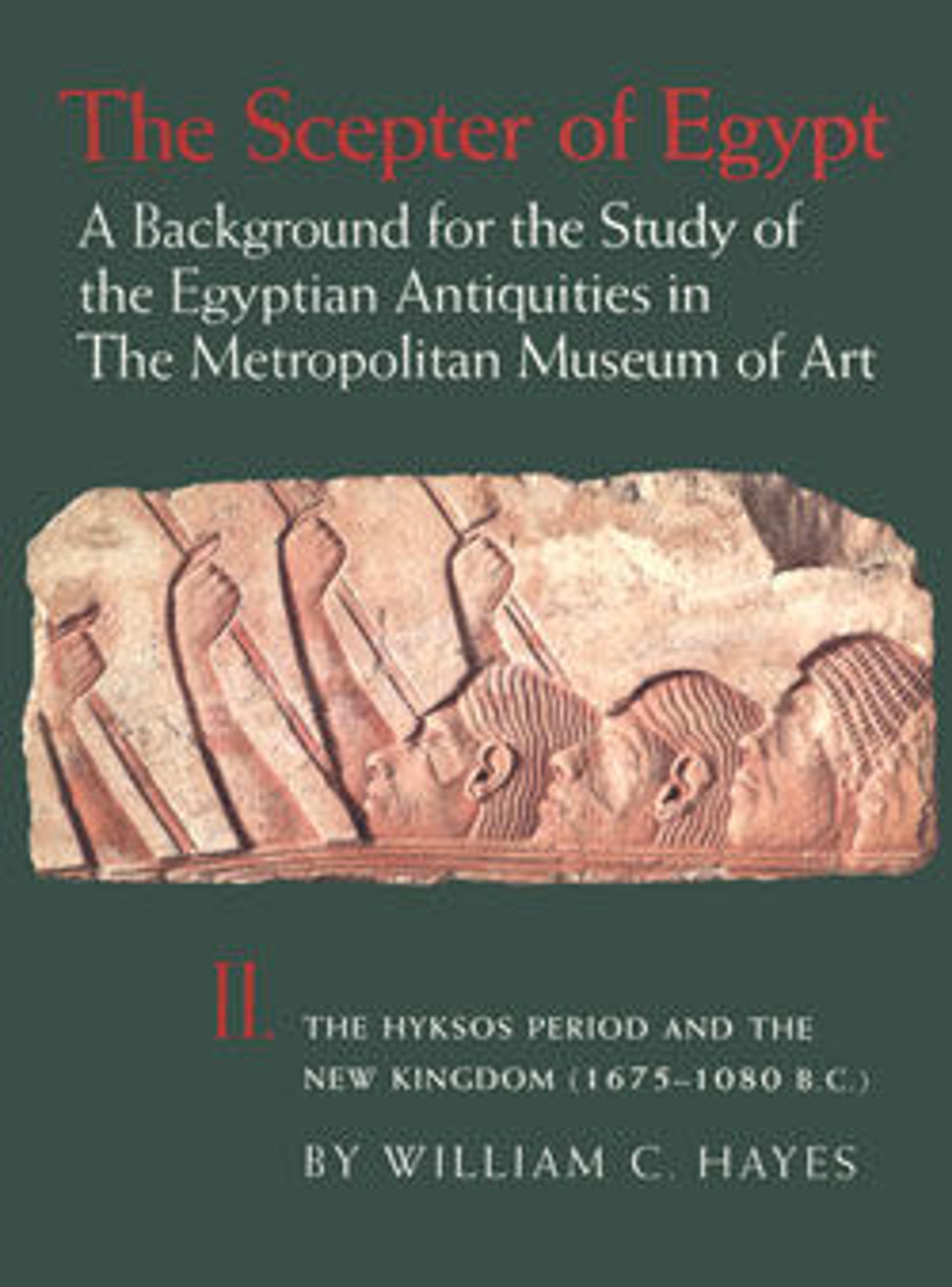Relief with Head of King Ahmose Wearing the Red Crown
Ahmose, first king of Dynasty 18 and founder of the New Kingdom, was the son of Seqenenre and brother of Kamose, the last two rulers of Dynasty 17. Continuing the work of his father and brother, he succeeded in driving the Hyksos rulers out of Avaris (modern Tell el-Daba in the Delta and reunited Egypt after Second Intermediate Period. Further campaigns consolidated Egypt's control over Nubia. Like the rulers of Dynasty 11, who reunited Egypt at the beginning of the second millennium B.C., Ahmose was of Theban origin and was buried at Thebes.
This relief of Ahmose wearing the red crown of Lower Egypt comes from his funerary cenotaph at Abydos. Since the Early Dynastic Period (ca. 3100-2649 B.C.), when the first kings of Egypt were buried there, Abydos had been regarded as the tomb of Osiris, god of the afterlife, and both royal and private individuals set up cenotaphs there.
This relief of Ahmose wearing the red crown of Lower Egypt comes from his funerary cenotaph at Abydos. Since the Early Dynastic Period (ca. 3100-2649 B.C.), when the first kings of Egypt were buried there, Abydos had been regarded as the tomb of Osiris, god of the afterlife, and both royal and private individuals set up cenotaphs there.
Artwork Details
- Title: Relief with Head of King Ahmose Wearing the Red Crown
- Period: New Kingdom
- Dynasty: Dynasty 18
- Reign: reign of Ahmose I
- Date: ca. 1550–1525 B.C.
- Geography: From Egypt, Northern Upper Egypt, Abydos, Pyramid Temple of King Ahmose, Egypt Exploration Fund excavations, 1906–07
- Medium: Limestone, paint
- Dimensions: H. 45 cm (17 11/16 in); W. 37 cm (14 9/16 in)
- Credit Line: Gift of Egypt Exploration Fund, 1906
- Object Number: 06.1231.34
- Curatorial Department: Egyptian Art
More Artwork
Research Resources
The Met provides unparalleled resources for research and welcomes an international community of students and scholars. The Met's Open Access API is where creators and researchers can connect to the The Met collection. Open Access data and public domain images are available for unrestricted commercial and noncommercial use without permission or fee.
To request images under copyright and other restrictions, please use this Image Request form.
Feedback
We continue to research and examine historical and cultural context for objects in The Met collection. If you have comments or questions about this object record, please contact us using the form below. The Museum looks forward to receiving your comments.
